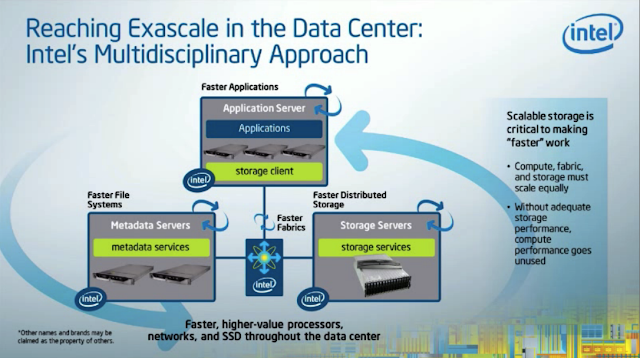- Community Edition with one central SaaS management console,
- Private Edition limited to 1 cloud provider,
- and Self hosting Edition.



Topics will be about IT infrastructure, cloud, networking, security, data management, big data, analytics and storage and of course AI as it is everywhere.
During this coming week, we'll meet 9 innovative companies and organizations:
I invite you to follow us on Twitter with #ITPT and @ITPressTour, my twitter handle and @CDP_FST and journalists' respective handle.
Lucidity, a young player dedicated to cloud storage optimization dedicated to AWS, Azure and GCP, just announced a new VC round with $21 million for its Series-A coming from WestBridge Capital and existing investor Alpha Wave. It means a total of $31 million as of today and we expect new things and an acceleration in the next few months. We'll see how Datafy and Zesty and a few others will react in this area.


One of the alternatives is FerretDB, a project started by a group of talented people such as Peter Farkas, CEO, Alexey Palazhchenko, CTO, 2 ex-Percona guys, and Peter Zaitsev, advisor, former CEO of Percona. The firm, based in Delaware, US, has raised $2.8M in 2022 and currently has 8 people.

We had the chance to meet Peter during the recent IT Press Tour organized in London early April. And I'm particularly glad that Peter joined us as I tried to invite him for several months.
FerretDB has its roots in the original open source model MongoDB used and its shift to close source in 2018 plus issues it created at customers sites with vendor lock-in. Probably not on the technical aspect but rather on the financial dimension. In detail MongoDB uses the SSPL - Server Side Public License - and developed a specific query language, MQL for MongoDB Query Language, that has even more locked users.
So what is FerretDB?
In simple words, FerretDB is a compatible MongoDB database built on PostgreSQL and distributed in open source.
Starting the FerretDB project at the end of 2021, MongoDB tried to stop the initiative with legal pressure but it appeared that it went nowhere so far. The FerretDB team has designed, and written in Go, a layer on top of PostgreSQL database and runs on-premise or in the cloud under the Apache 2.0 license.
The goal is to run an application built with MongoDB MQL to operate the same way without any changes on top of FerretDB. The architecture they adopted, described below, illustrates the approach perfectly.

Today, more than 4,000 instances are running with FerretDB but there should be much more as these are only the ones with Telemetry enabled. Even with 8 people, the project has more than 200 contributors and received 10k stars on GitHub.
In 2023, FerretDB initiated a collaboration with Microsoft to address the MongoDB challenge.
This story justifies the need for an Open Standard for Document Databases in order to democratize the model.
Clearly, the industry needs projects like FerretDB. Good luck guys.



